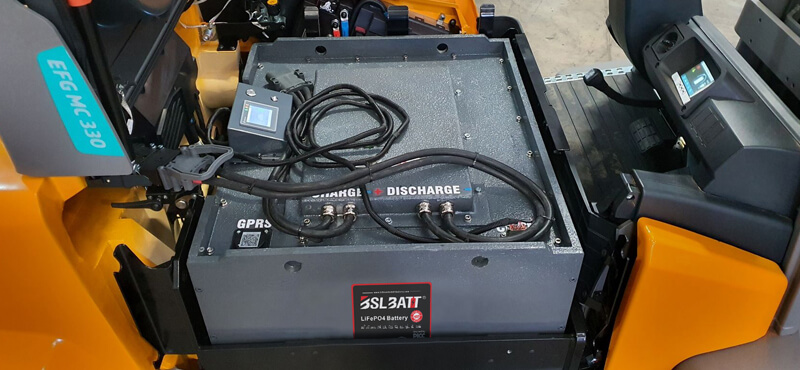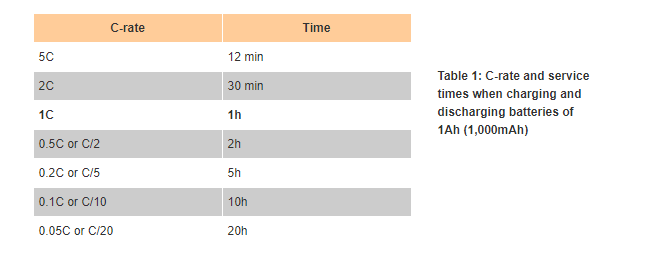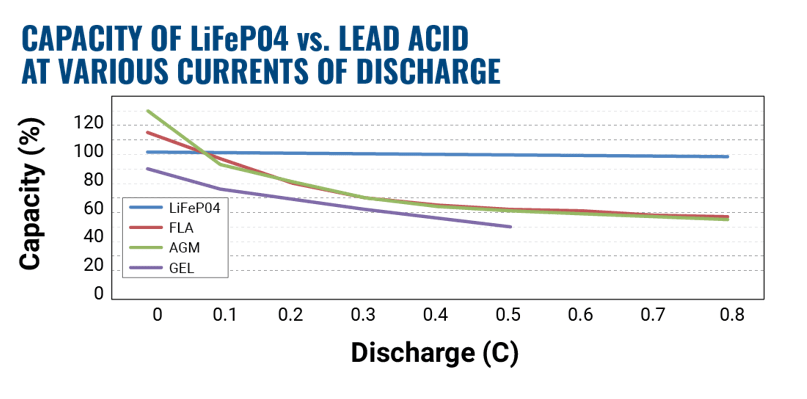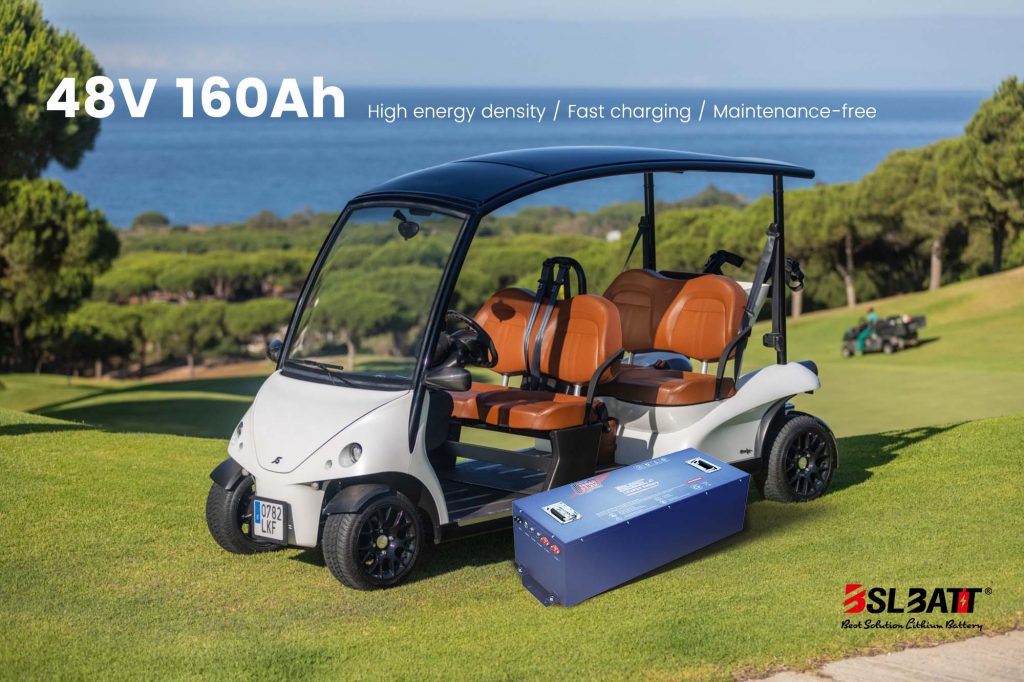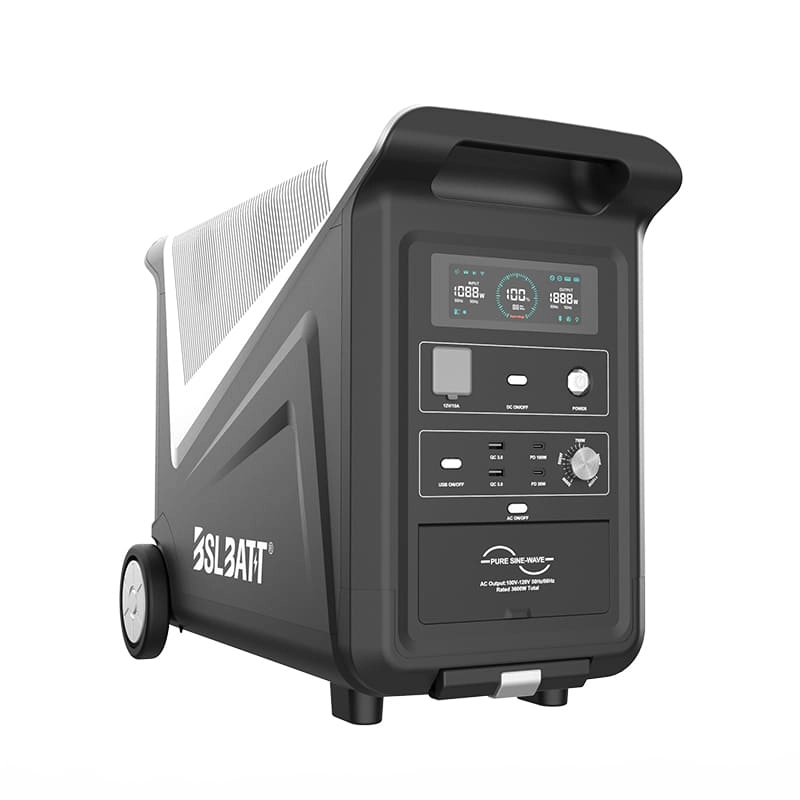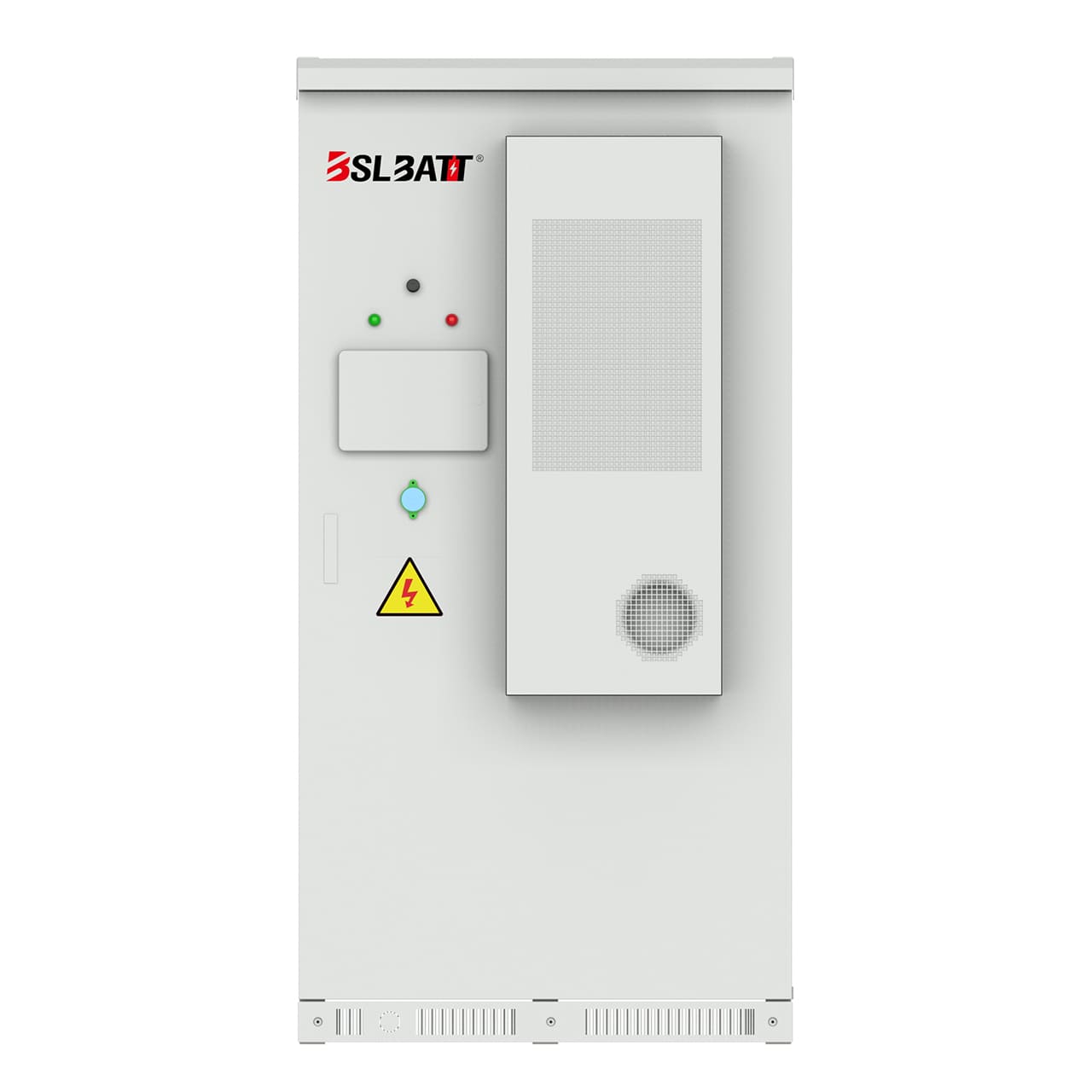Industry Application
Product Type
How to understand discharge rate and lithium battery
Lithium batteries are widely used in various electronic devices due to their high energy density and long lifespan. One important characteristic of lithium battery discharge rate, which refers to how quickly the battery releases its stored energy. Understanding the lithium battery discharge rate is crucial for determining the battery’s performance and suitability for different applications.
What Is C-rate?The C-rate is a unit to declare a current value which is used for estimating and/or designating the expected effective time of battery under variable charge/discharge conditions. The charge and discharge current of a battery is measured in C-rate. Most portable batteries are rated at 1C. The c rate of lithium ion battery is a critical parameter that determines its power output, capacity, and lifespan. Understanding and optimizing the C-rate is essential to balance the power delivery requirements of a specific application with the longevity of the battery. By considering various factors such as application requirements, battery design, temperature management, and proper charging and discharging protocols, the C-rate can be effectively managed to ensure optimal battery performance and longevity. Observe how the charge and discharge rates are scaled and why it matters. Charge and discharge rates of a battery are governed by C-rates. The capacity of a battery is commonly rated at 1C, meaning that a fully charged battery rated at 1Ah should provide 1A for one hour. The same battery discharging at 0.5C should provide 500mA for two hours, and at 2C it delivers 2A for 30 minutes. Losses at fast discharges reduce the discharge time and these losses also affect charge times. A C-rate of 1C is also known as a one-hour discharge; 0.5C or C/2 is a two-hour discharge and 0.2C or C/5 is a 5-hour discharge. Some high-performance batteries can be charged and discharged above 1C with moderate stress. Table 1 illustrates the typical times at various C-rates.
To calculate of load current value with charge/discharge rate, it can be obtained by; ∴ C-Rate (C) = Charge or Discharge Current (A) / Rated Capacity of Battery Also, the expected available time of the battery on a given discharge capacity can be obtained by; ∴ Used hour of the battery = Discharge capacity (Ah) / Discharge current (A) Discharge Capability of a high-power Lithium cell. [Example] In High Power products, the rated capacity of the SLPB11043140H model is 4.8Ah. A Lithium-ion NMC cell. 1. What is the 1C discharge current condition in this model? ∴ Charge (or discharge) Current (A) = Rated capacity of the battery * C-rate = 4.8 * 1(C) = 4.8 A It’s means the battery is available for 1 hour by this current discharge condition. 2. The discharge current value under 20C discharge condition is 4.8(A)*20(C)=96A This battery reveals the excellent performance even if the battery discharges 20C discharge condition. The following is the available time of the battery when the capacity of a battery shows 4.15Ah ∴ Used hours (h) = Discharged capacity(Ah) / Applied current(A) = 4.15(Ah) / 96(A) ≒ 0.043hours ≒ 2.6 minutes with 96A It means the battery can be used for 2.6minute (0.043h) with a load current of 96A
Understanding Battery CapacityThe discharge rate provides you with the starting point for determining the capacity of a battery necessary to run various electrical devices. The product I x t is the charge Q, in coulombs, given off by the battery. Engineers typically prefer to use amp-hours to measure the discharge rate using time t in hours and current I in amps. From this, you can understand battery capacity using values like watt-hours (Wh) which measure the battery’s capacity or discharge energy in terms of a watt, a unit of power. Engineers use the Ragone plot to evaluate the watt-hour capacity of batteries made of nickel and lithium. The Ragone plots show how to discharge power (in watts) falls off as discharge energy (Wh) increases. The plots show this inverse relationship between the two variables. These plots let you use the battery chemistry to measure the power and discharge rate of different types of batteries including lithium-iron-phosphate (LFP), lithium-manganese oxide (LMO), and nickel manganese cobalt (NMC). How to find a C rating of a Battery? Smaller batteries are commonly rated at the 1C rating, which is also known as the one-hour rate. For example, if your battery is labeled 3000mAh at the one-hour rate, then the 1C rating is 3000mAh. You will generally find the C rate of your battery on it’s label and on the battery datasheet. Different battery chemistries will sometimes display different C rates, for instance, lead-acid batteries are generally rated at a very low discharge rate often 0.05C, or a 20-hour rate. The chemistry and design of your battery will determine the maximum C rate of your battery, lithium batteries for instance can tolerate much higher discharging C Rates than other chemistries such as alkaline. If you cannot find the battery C rating on the label or data sheet we advise contact the battery manufacturer directly.
Battery Discharge Curve EquationThe battery discharge curve equation that underlies these plots lets you determine the runtime of a battery by finding the inverse slope of the line. This works because units of watt-hour divided by watt give you hours of the runtime. Putting these concepts in equation form, you can write E = C x Vavg for energy E in watt-hours, capacity in amp-hours C, and Vavg average voltage of the discharge. Watt-hours provide a convenient way to convert from discharge energy to other forms of energy because multiplying the watt-hours by 3600 to get watt-seconds gives you the energy in units of joules. Joules are frequently used in other areas of physics and chemistry such as thermal energy and heat for thermodynamics or the energy of light in laser physics. A few other miscellaneous measurements are helpful alongside discharge rate. Engineers also measure the power capability in units of C, which is the amp-hour capacity divided by precisely one hour. You can also convert directly from watts to amps knowing that P = I x V for power P in watts, current I in amps, and voltage V in volts for a battery.
For example, a 4 V battery with a 2 amp-hour rating has a watt-hour capacity of 2 Wh. This measurement means you can draw the current at 2 amps for one hour or you can draw a current at a single amp for two hours. The relationship between current and time both depend on one another, as given by the amp-hour rating. If you need any help finding the right battery for your application please get in touch with one of the BSLBATT Lithium Battery application engineers. |
A Guide to Choosing the Best 48V Lithium Golf Cart Battery
Would it be worth investing in a 48V ...
10 Exciting Ways To Use Your 12V Lithium Batteries
Back in 2016 when BSLBATT first began designing what would become the first drop-in replacemen...
BSLBATT Battery Company Receives Bulk Orders from North American Customers
BSLBATT®, a China Forklift battery manufacturer specializing in the material handling indust...
Fun Find Friday: BSLBATT Battery is coming to another great LogiMAT 2022
MEET US! VETTER’S EXHIBITION YEAR 2022! LogiMAT in Stuttgart: SMART – SUSTAINABLE – SAF...
Looking for new Distributors and Dealers for BSL Lithium Batteries
BSLBATT battery is a fast-paced, high-growth (200% YoY ) hi-tech company that is leading the a...
BSLBATT to Participate at MODEX 2022 on March 28-31 in Atlanta, GA
BSLBATT is one of the largest developers, manufacturers, and integrators of lithium-ion batter...
What makes the BSLBATT the Superior Lithium Battery for your Motive Power needs?
Electric forklift and Floor Cleaning Machines owners who seek the ultimate performance will fi...








